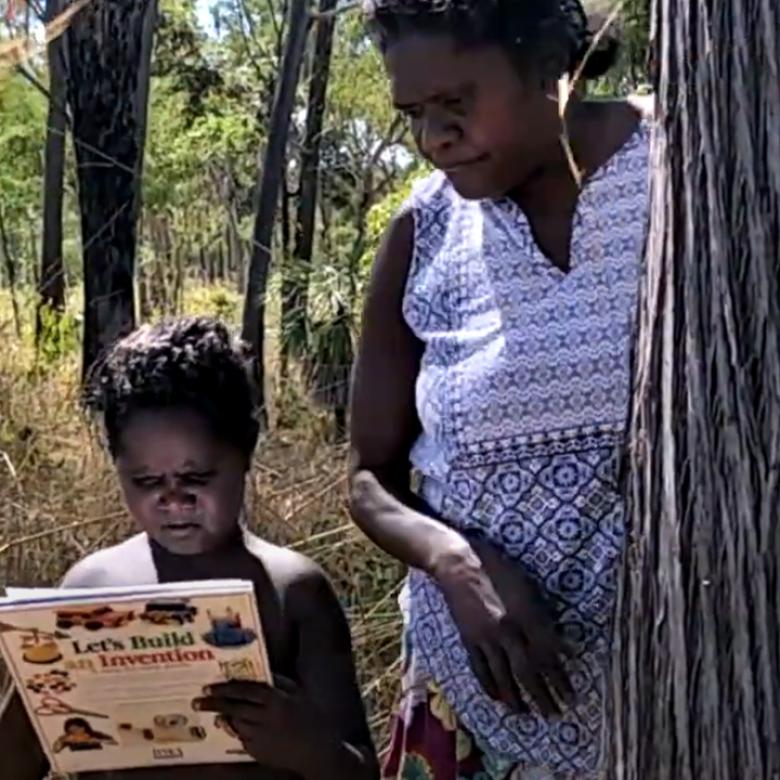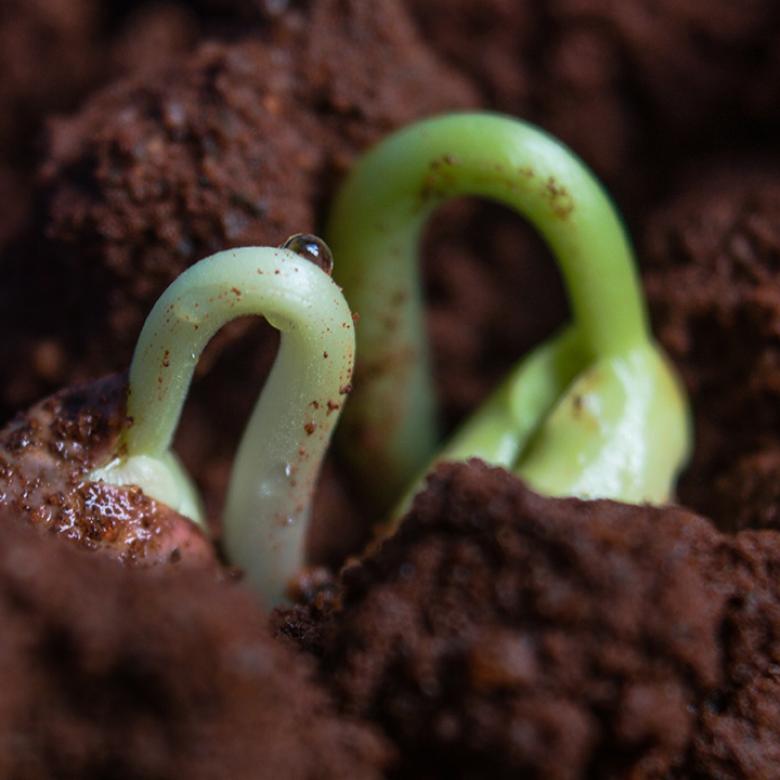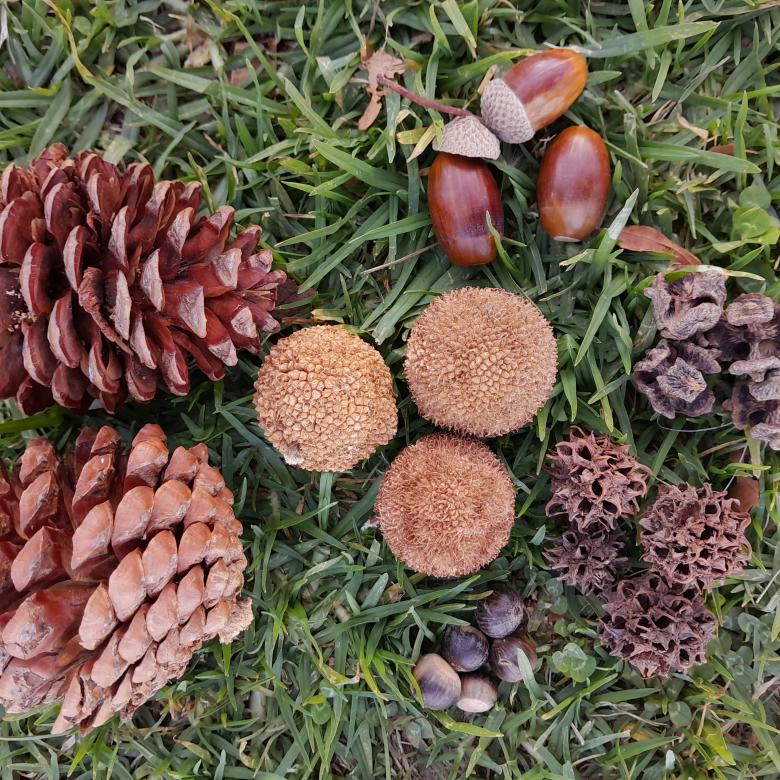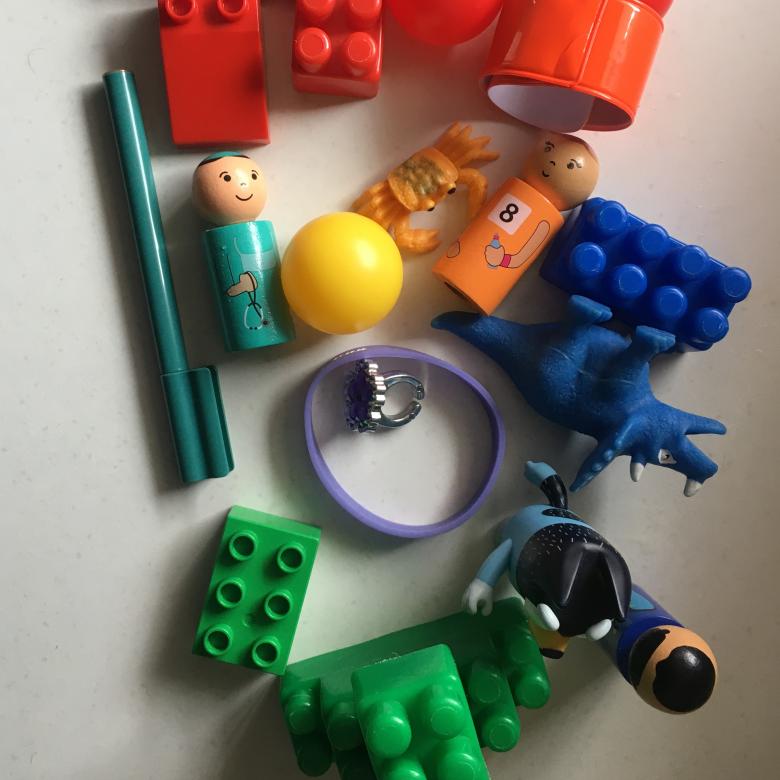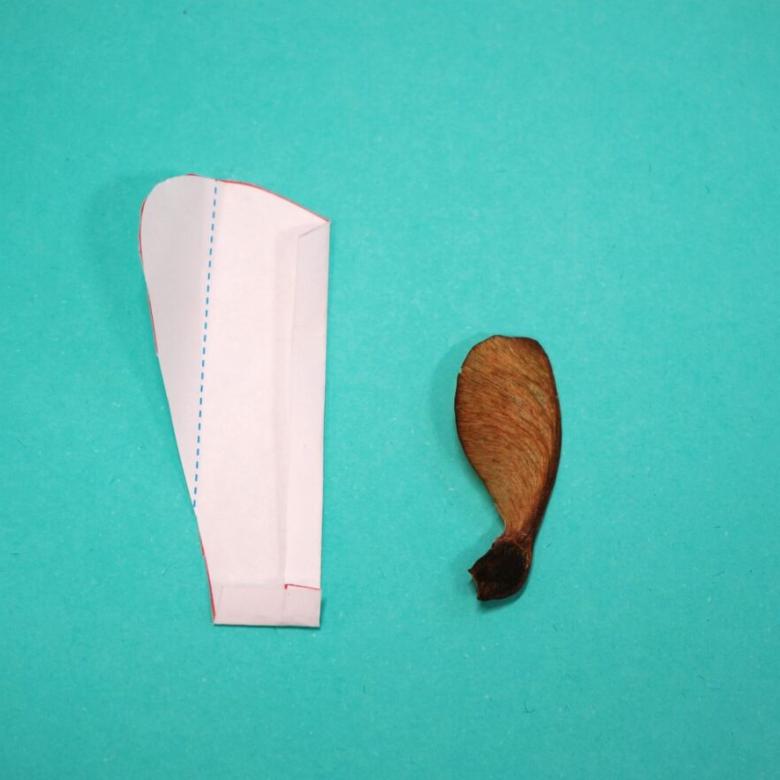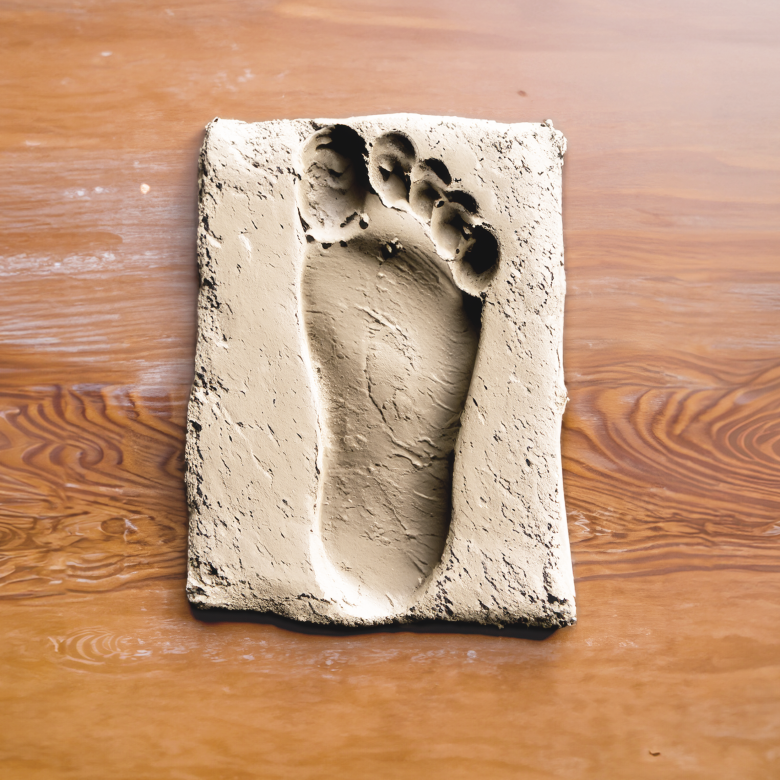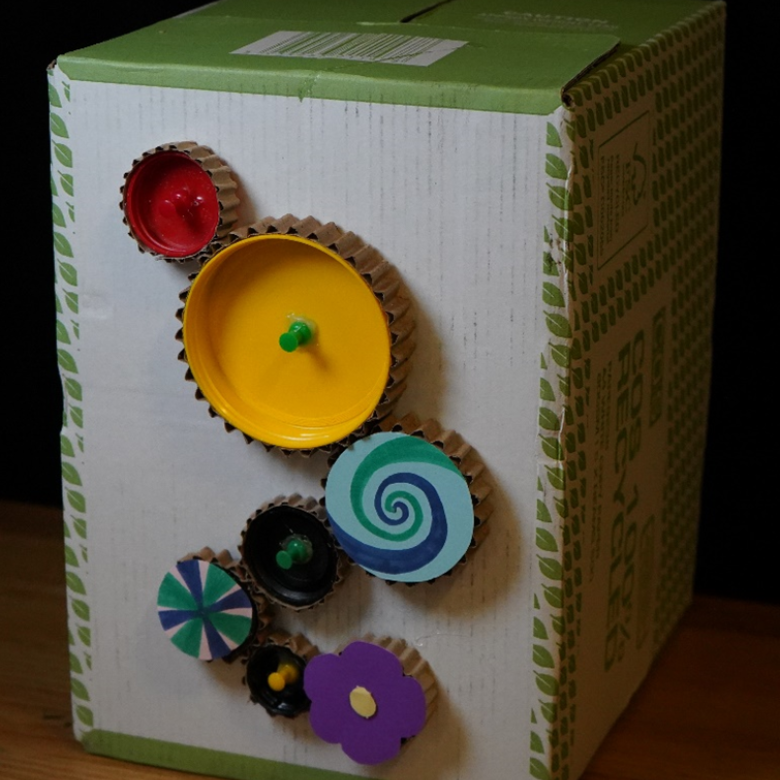You’ll need
- Craft supplies, like milk cartons, plastic containers, icy pole sticks and plastic bottles
- Short lengths of wooden dowel, disposable chopsticks or wooden spoons
- Plastic trays, cups or bowls
- Scissors or a knife
- Rope or wire
- Access to water and outdoor hanging space
What to do
This activity is best done in warmer weather when birds are more active and looking for a place to cool down.
- Think about the birds that live in your area, and spend some time looking at them. What do they eat? How big are they?
- Design a hanging birdbath, so the birds have access to water for drinking and bathing. Think about how to make it strong, safe and easy for the local birds to get to. Include perches so that it is easy for the birds to land. Get an adult to help with cutting materials.
- Find somewhere to hang the birdbath where it is out of the reach of any pets. Choose a spot that is easy for you to see so you can watch the birds that visit. Use the rope or wire to hang the birdbath.
- Fill the birdbath with water and wait for your feathered friends to arrive.
- Change the water and clean the bath every day to make sure the birds don’t get sick.
- Record the types of birds that visit the birdbath. To help identify birds, visit the Birds in Backyards website.
Questions to ask
How many different types of birds visited your birdbath?
What was the most common bird that you saw?
What would you change about your birdbath design to attract different kinds of birds?
Planting a bird-friendly garden can also attract birds by providing food. Which birds would you like to attract and what do they eat? What could you plant to provide the birds with the food they need?
What's happening
Birds need water to drink and bathe in. They bathe to get rid of parasites in their feathers and to cool down. Providing water to drink and bathe in can help birds survive in warmer weather.
Depending on the design and location of the birdbath, you will notice that different birds visit more often. Some birds such as currawongs, kookaburras and magpies might take over the birdbath because they are bigger. Small birds are likely to prefer smaller baths close to shrubby plants that provide protection.
Did you know
Birds can see ultraviolet light, which humans cannot see naturally. Birds often have markings on their wings that can only be seen in ultraviolet light, so we can’t see them, but the birds can!


